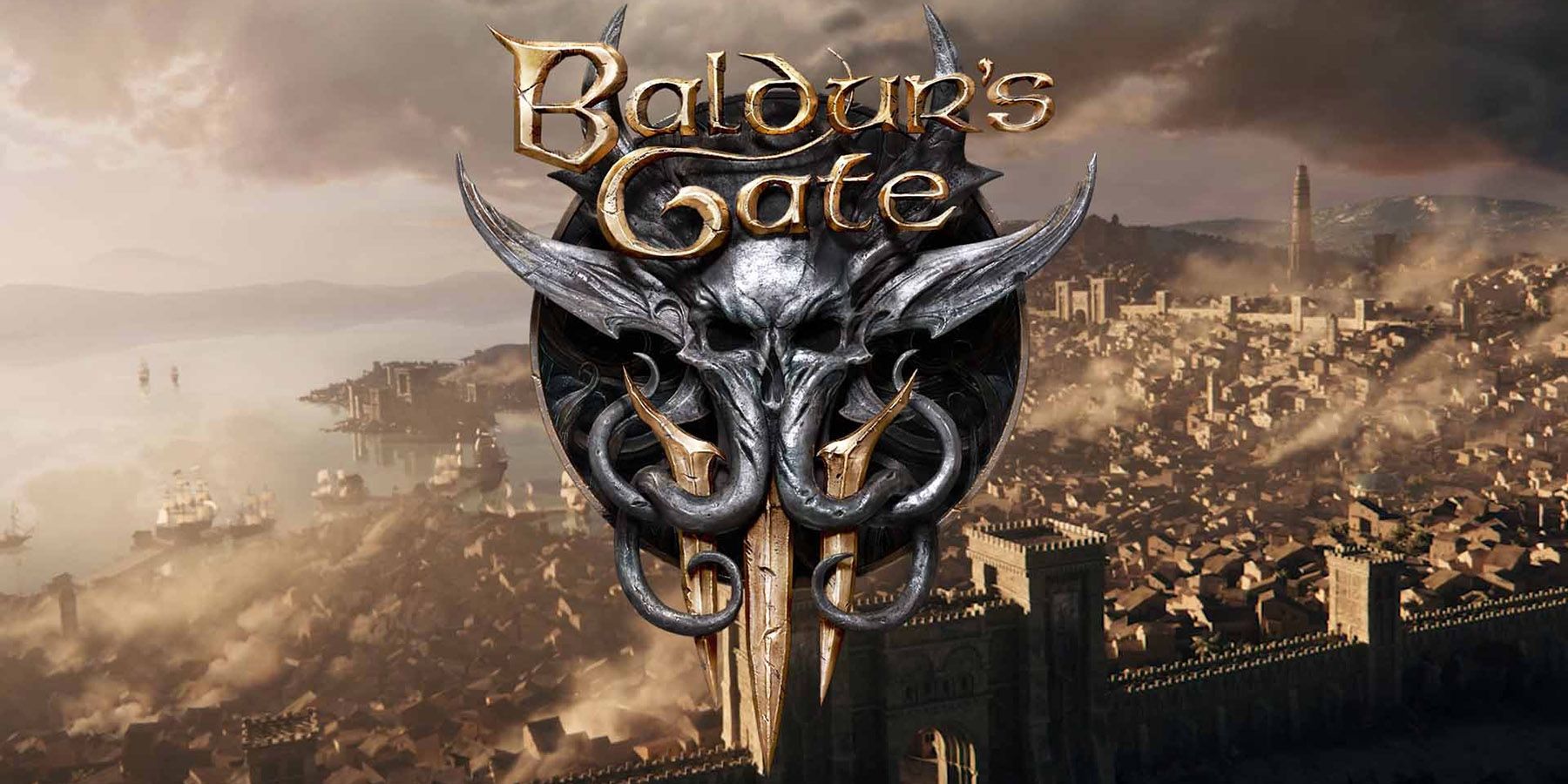Dungeons and Dragons, the first and most famous roleplaying game, has created and codified so many concepts that lie at the heart of modern video games: dungeons to explore, player avatars that level up, loot to plunder, Final Bosses to be fought, etc. It took the Baldur's Gate franchise, adapted from the "Forgotten Realms" D&D setting, introduced the most memorable innovation of D&D to video game –– the ability to interact with a vivid cast of supporting characters with stories of their own. With Baldur's Gate III currently under development by Larian Studios, let's take a look back at the earlier Baldur's Gate games to see what made them special and what their innovations foretell for the heroes of the Sword Coast.
Baldur's Gate, released in 1998, was a brilliant adaptation of Dungeons and Dragons 2nd Edition –– both the hack'n'slash combat and character-driven storytelling. As the player character ventures through the Forgotten Realms and uncovers the plots of the Children of Bhaal, they're joined by a colorful cast of allies, the most iconic being Minsc the air-headed Ranger and his companion Boo, a "Giant Miniature Space Hamster". Numerous side-quests and dialogue trees of Baldur Gate let players experience the unique draws of tabletop RPGs on their PC screen –– letting them both talk and fight with characters while guiding the story to multiple different conclusions. It was a unique experience never seen before in video games, one that arguably revived Western computer RPGs as a genre.
2000's Baldur's Gate II: Shadows of Amn went on to surpass its predecessor, with refined graphics, larger dialogue trees and side-quests that let players fight, help, threaten and romance their companions and enemies, while making story choices with meaningful consequence. Baldur's Gate II's critical and commercial success wound up inspiring a host of games centered around the "roleplaying" angle of RPGs –– Dragon Age, Pillars of Eternity and the Divinity: Original Sin series... whose developer, Larian Studios is currently hard at work on Baldur's Gate III.
Details on Baldur's Gate III are currently scant – a terrifying trailer suggests that the psychic, brain-eating Mind Flayers will be major antagonists of the story, while Larian Studios intends to adapt the new 5th Edition rules of Dungeons and Dragons for their game system. Baldur's Gate III will almost certainly retain these classic features:
- An isometric viewpoint that lets you steer a party of characters around a colorful map.
- Real-time combat with the option to pause in order to manage tactics and character abilities.
- A vast open world with numerous quests and story endings.
- Dialogue trees that let you interact with and influence NPCs.
- Extensive character customization through choice in race, class and spell options.
- Party-based co-op gameplay options.
Advances in both video game design and the ruleset of 5th edition D&D could also lead to innovations like:
- Improved graphics and smoother combat.
- D&D 5th edition subclasses which let you customize character abilities without needing to multi-class.
- An "Inspiration" system based on the 5th Edition's "Advantage/Disadvantage" dice, which can boost or hinder a character's abilities based on the narrative choices you make for them.
- Fully-voiced conversations with NPCs and companions.
- Environment that can be exploited during combat: taking cover, triggering traps, dropping chandeliers, etc.
The charm of the Baldur Gate franchise stems from the sense of freedom it gives players –– the idea that you could go anywhere, be anyone and do anything. If the upcoming Baldur's Gate III continues to push the limits of player choice and story interactivity, it will be a worthy successor to its prequels and then some.
Sources: Larian Studios, PC Gamer

